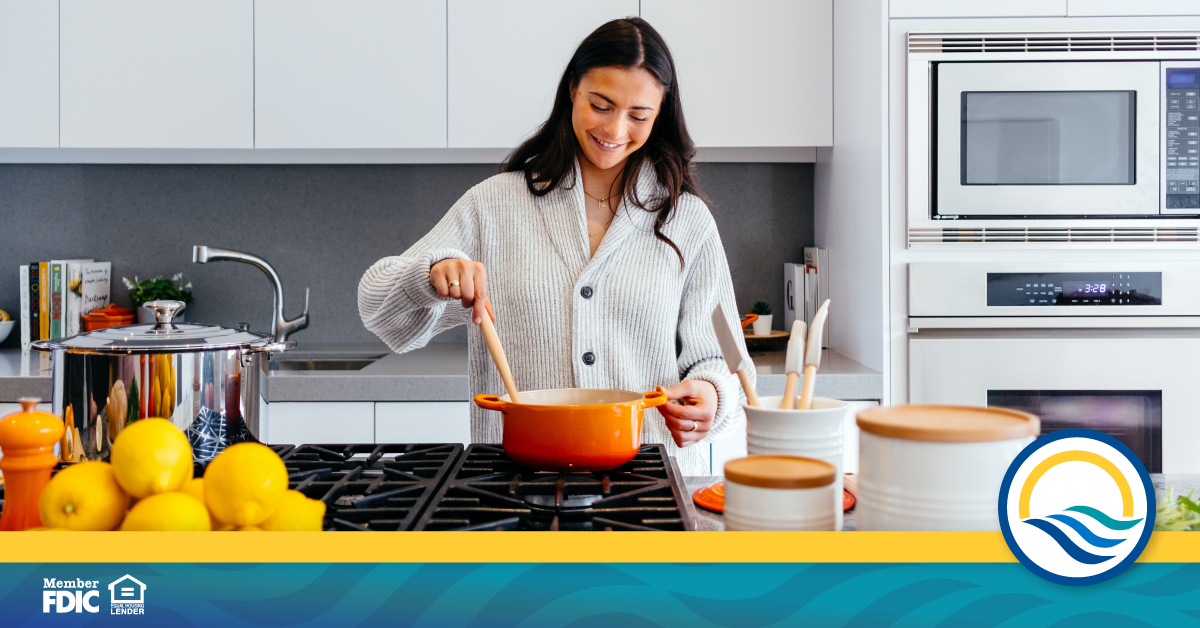How to Use Less Oil in Your Cooking

If you want to improve your diet or lose weight, reducing your reliance on oil is an ideal step to take. While vegetable, olive, coconut, and other oils can help improve dishes and ensure quality cooking and baking, they add calories that you could easily avoid with different approaches.
Why cook with less oil?
Oil can, in the right circumstances, be beneficial for your diet. As Alexandra Sifferlin writes for Time, extra virgin olive oil and avocado oil contain monounsaturated and polyunsaturated fat. These ingredients have been linked to better heart health.
But the key, as with any other food or ingredient, is moderation. Low or moderate oil use is ideal because even healthier alternatives are high in calories. As the Bob’s Red Mill blog points out, oil contains around 4,000 calories per pound, which is significantly higher than healthy fat-rich foods like avocado. Certain oils are also high in saturated fats, which can increase your risk of heart disease.
Swap oil for another ingredient
Oil is a common ingredient in baking, but it’s not always necessary. Wini Moranville, writing for Better Homes & Gardens, recommends using applesauce, bananas, and pureed pears as oil substitutes in baking. The Bob’s Red Mill blog also suggests dairy products like sour cream or Greek yogurt, non-dairy milk alternatives, and cornstarch.
When substituting most of these options, you can use them one-to-one as you would use oil in the original recipe. If you don’t completely want to forego oil, Moranville also suggests using half the amount of oil and half your substitute of choice.
Get the right cookware
When you cook on the stovetop, oils ensure even distribution of heat and add an extra kiss of flavor. Nonstick pans give you the same benefits of using oil, just without the unwanted calories.
According to Food Network Kitchen, nonstick pots and pans tend to use an aluminum base coated in a material like ceramic or Teflon. These kitchen accessories require a fair amount of finesse — you’ll want to avoid using any overly acidic foods, cooking sprays, and metal utensils. Nonstick cookware is best used at medium heat or lower and is widely not recommended for use in a dishwasher.
Ultimately, a well-rounded kitchen offers multiple tools for getting the job done with different foods and dishes. Though nonstick pans are somewhat limited in how you can use them, they’re a great way to cook fat-dense foods like eggs, fish, and bacon without upping the calorie count.
Invest in an air fryer
Air fryers are all the rage these days, and for good reason. With this appliance in your kitchen, you can prepare delicious foods using just a fraction of the oil typically required.
According to Rachael Link, a registered dietitian writing for Healthline, an air fryer circulates hot air in an enclosed space. This gives foods like french fries and breaded chicken crispiness comparable to what you’d get by immersing them in hot oil.
Link notes that air fryer companies claim their appliances can cut fat content up to 75 percent. She notes that while deep-fried foods require 3 cups of oil, air-fried foods only need around a tablespoon. Link notes that using less oil carries several health benefits, including helping you lose weight and cutting down on potentially harmful carcinogens.
On top of that, air fryers produce delicious food and can do so quickly and easily. Better still, you can purchase air fryers that have other built-in functions like pressure cooking, sauteeing, and slow-cooking, which can help you save useful shelf space.
A little bit of oil can go a long way, and finding ways to cut down on how much you use can prove beneficial both in the short term and the long run.
